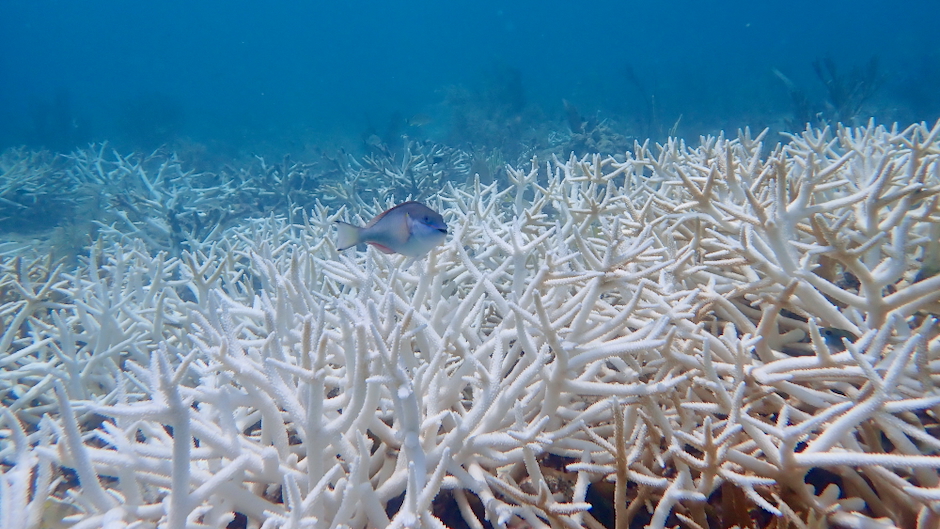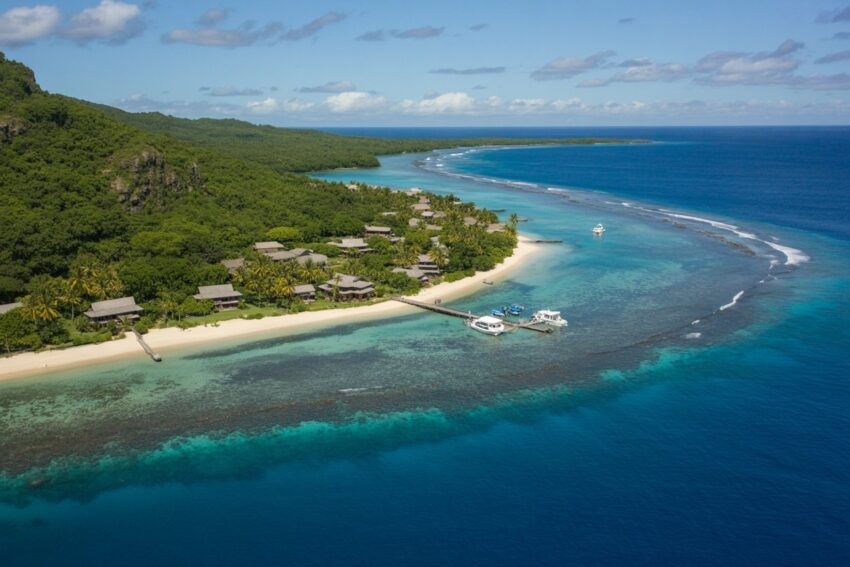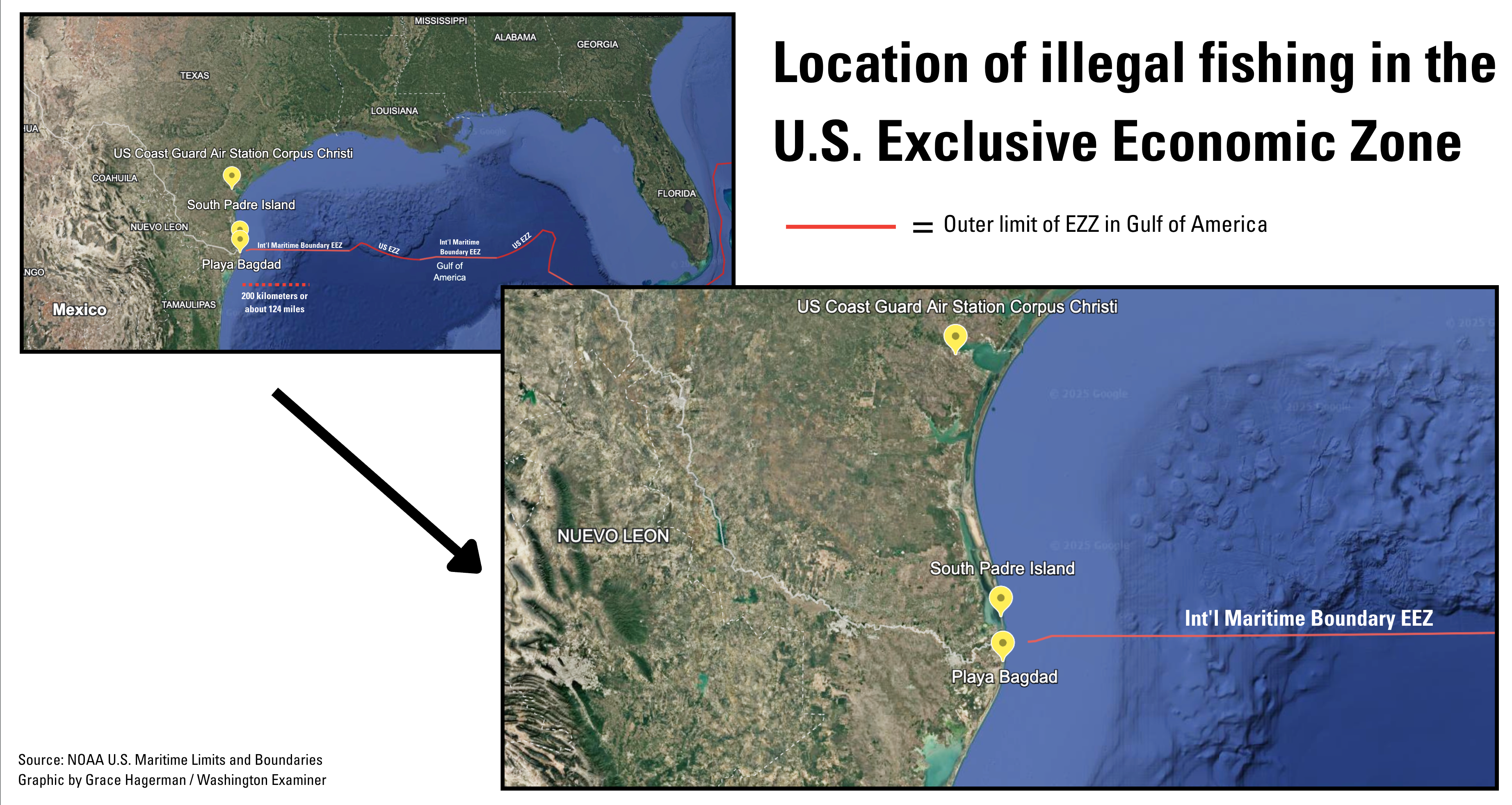Report on the Functional Extinction of Acropora Corals in Florida
Executive Summary
A study published in the journal Science has documented the functional extinction of two key coral species, staghorn (Acropora cervicornis) and elkhorn (Acropora palmata), along Florida’s Coral Reef. This catastrophic event was precipitated by a record-breaking marine heatwave in 2023. The loss of these foundational species severely compromises the integrity of the reef ecosystem, directly impacting marine biodiversity and coastal resilience, and represents a significant setback for multiple United Nations Sustainable Development Goals (SDGs), particularly SDG 13 (Climate Action) and SDG 14 (Life Below Water).
Key Findings of the 2023 Marine Heatwave Impact
Environmental Conditions
- The 2023 marine heatwave produced the highest temperatures recorded on Florida’s Coral Reef in over 150 years.
- Extreme heat stress persisted for a duration of two to three months.
- Heat exposure levels were calculated to be 2.2 to 4 times greater than any previously recorded year.
Coral Mortality Rates
Diver surveys of over 52,000 staghorn and elkhorn coral colonies across 391 sites revealed devastating mortality rates:
- Florida Keys and Dry Tortugas: 98–100% mortality.
- Southeast Florida (offshore): Approximately 38% mortality, reflecting comparatively cooler water temperatures.
Ecological Status
The near-total collapse of these species has resulted in their “functional extinction.” This designation means that while a small number of individuals may survive, their populations are no longer large enough to perform their essential ecological roles, such as reef-building and providing habitat. This stage is often a precursor to global extinction.
Implications for Sustainable Development Goals (SDGs)
The collapse of Florida’s Acropora coral populations presents a direct challenge to the achievement of several critical SDGs.
SDG 14: Life Below Water
- The functional extinction of these reef-building corals constitutes a severe loss of marine biodiversity.
- It degrades a critical marine habitat that supports an estimated 25% of all ocean life, undermining the goal of conserving and sustainably using marine ecosystems.
SDG 13: Climate Action
- The event serves as a stark indicator of the consequences of failing to take urgent action to combat climate change.
- The study underscores that ocean warming has surpassed the thermal tolerance of entire coral populations, highlighting the immediate need for global efforts to reduce greenhouse gas emissions.
SDG 11: Sustainable Cities and Communities
- Elkhorn corals are particularly important for coastal protection, creating natural barriers that dissipate up to 90% of wave energy.
- Their loss increases the vulnerability of Florida’s coastal communities to flooding and storm damage, compromising the goal of making human settlements resilient.
SDG 8: Decent Work and Economic Growth
- Coral reefs globally provide benefits estimated at $10 trillion annually, supporting industries such as tourism and fishing.
- The degradation of Florida’s reefs threatens local economies and livelihoods that depend on a healthy marine environment.
Conservation Efforts and Future Outlook
Current Interventions
- Genetic Safeguarding: Scientists have established land-based and offshore “gene banks” to preserve the remaining genetic diversity of Acropora corals. Survivors from the 2023 heatwave have been rescued to bolster these repositories.
- Research and Restoration: These living collections support ongoing research into coral resilience and provide stock for future restoration initiatives.
Future Strategies and Challenges
- Enhanced Resilience: Future restoration success depends on scaling up novel approaches, such as introducing more heat-tolerant genetic variants and manipulating the symbiotic algae that live within corals.
- Overarching Threat: The authors caution that the success of any local conservation or restoration effort is ultimately contingent on global action to mitigate climate change. The increasing frequency and severity of marine heatwaves remain the primary threat to the survival of coral reefs worldwide.
Analysis of Sustainable Development Goals in the Article
SDG 13: Climate Action
- The article directly links the coral die-off to climate change. It states that “Extreme heatwaves are increasing in frequency and severity due to climate change” and that “ocean warming from climate change is now surpassing the thermal limits of entire populations of corals.” The core issue discussed—the record-breaking marine heatwave—is presented as a direct consequence of climate change, making SDG 13 a central theme. The call for “urgent global action to slow climate change” further reinforces this connection.
SDG 14: Life Below Water
- This goal is fundamentally addressed as the article’s subject is the devastation of marine ecosystems, specifically Florida’s coral reefs. It details the “functional extinction” of staghorn and elkhorn corals, which are described as the “backbone of Florida and Caribbean reef systems.” The article highlights the impact on marine biodiversity, noting that coral reefs “support 25% of ocean life.” It also discusses conservation and restoration efforts, such as creating “living repositories” and “gene banks,” which are key components of managing and protecting life below water.
Specific SDG Targets Identified
Targets for SDG 13: Climate Action
- Target 13.1: Strengthen resilience and adaptive capacity to climate-related hazards and natural disasters in all countries. The article discusses the need to “boost coral resilience” and scale up “new approaches to help corals adapt to changing conditions,” such as introducing “resilient genetic diversity.” This directly relates to building the adaptive capacity of the coral ecosystem to the climate-related hazard of marine heatwaves.
Targets for SDG 14: Life Below Water
- Target 14.2: By 2020, sustainably manage and protect marine and coastal ecosystems to avoid significant adverse impacts, including by strengthening their resilience, and take action for their restoration in order to achieve healthy and productive oceans. The article is centered on this target. It describes the failure to protect the coral ecosystem from the “significant adverse impacts” of the heatwave and details the “intensive restoration efforts” that were underway. The concept of “functional extinction” signifies a failure to maintain a healthy and productive ocean ecosystem.
- Target 14.1: By 2025, prevent and significantly reduce marine pollution of all kinds… The article mentions that the corals were already in decline due to stressors including “poor water quality,” which is a form of marine pollution addressed by this target.
- Target 14.a: Increase scientific knowledge, develop research capacity and transfer marine technology… in order to improve ocean health and to enhance the contribution of marine biodiversity to the development of developing countries… The entire article is based on a scientific study published in Science, involving numerous researchers and institutions. It details the research methods (“diver surveys to track more than 52,000 colonies”) and highlights how scientific knowledge is being used to understand the problem and develop solutions like “gene banks” and identifying heat-tolerant corals.
Indicators for Measuring Progress
Indicators for SDG 13 Targets
- Indicators for Target 13.1: The article implies indicators that measure the impact of climate-related hazards. These include:
- Ocean Temperature Anomalies: The article states that “temperatures reached during the 2023 heatwave were the highest ever recorded on Florida’s Coral Reef in over 150 years.” Tracking this metric indicates the increasing severity of climate hazards.
- Duration and Intensity of Heat Stress: The study documents that “the heat stress persisted for 2–3 months” and “Heat exposure levels were 2.2 to 4 times greater than in any previous year on record.” These are quantifiable measures of climate-related stress on ecosystems.
Indicators for SDG 14 Targets
- Indicators for Target 14.2: The article provides direct, quantifiable indicators for measuring the health and resilience of marine ecosystems.
- Coral Mortality Rate: The study found “mortality rates reached a staggering 98–100%” in the Florida Keys and Dry Tortugas and “around 38%” in southeast Florida. This is a direct indicator of ecosystem health.
- Species Population Status: The declaration of staghorn and elkhorn corals as “functionally extinct” is a critical indicator of the status of key marine species and the overall health of the reef.
- Indicators for Target 14.a: The article implies indicators related to the advancement of scientific research.
- Scale of Scientific Monitoring: The research effort itself is an indicator, as the team “conducted diver surveys to track more than 52,000 colonies of staghorn and elkhorn coral across 391 sites.”
- Number of Scientific Publications and Collaborations: The study mentioned was “published on October 23, 2025 in the journal Science” and “involved 47 authors representing 22 institutions,” indicating a high level of scientific research and collaboration.
Summary of SDGs, Targets, and Indicators
| SDGs | Targets | Indicators |
|---|---|---|
| SDG 13: Climate Action | 13.1: Strengthen resilience and adaptive capacity to climate-related hazards. |
|
| SDG 14: Life Below Water | 14.2: Manage and protect marine and coastal ecosystems and take action for their restoration. |
|
| 14.1: Prevent and significantly reduce marine pollution. |
|
|
| 14.a: Increase scientific knowledge and research capacity. |
|
Source: news.miami.edu







